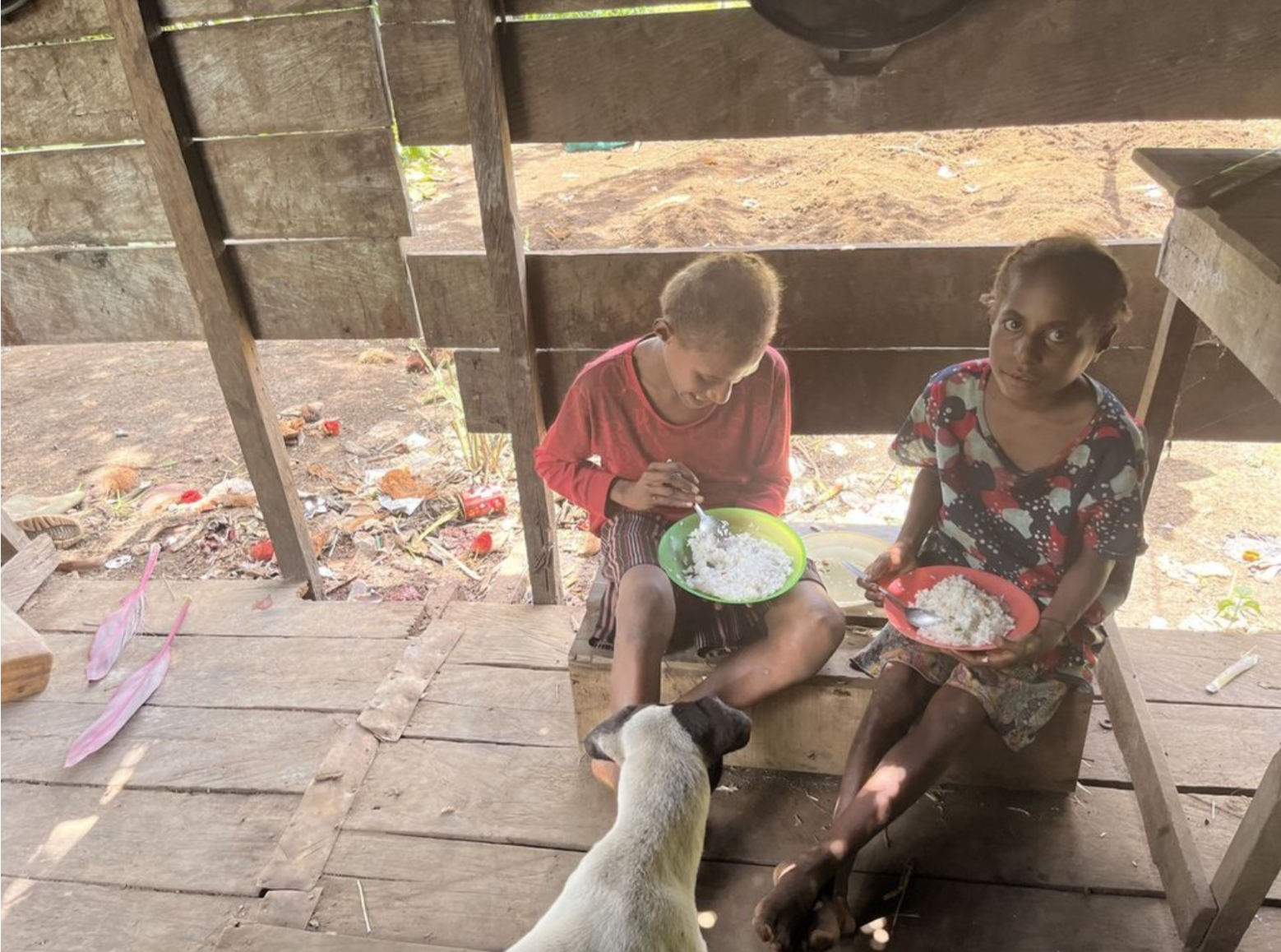This story excerpt was translated from bahasa Indonesia. To read the original story in full, visit Kompas. You may also view the original story on the Rainforest Journalism Fund website here. Our website is available in English, Spanish, bahasa Indonesia, French, and Portuguese.
The government's food barn project has caused food insecurity from Central Kalimantan to Merauke.
Clearing forests and peat for food estate projects has destroyed forests and biodiversity, siphoned off our water sources, and become a major source of greenhouse gas emissions. However, a quarter of the food produced is wasted, more than half of the population or 183.7 million people cannot afford to eat nutritious food, 24.4 percent of children are stunted, and at the same time obesity continues to increase.
In the midst of this situation, the government through Perum Bulog planned to import rice, which later reaped controversy. At the same time, wheat imports in Indonesia have quietly reached 11.2 million tons (Index Mundi). This makes us the largest wheat importer in the world, with the value of imports in 2021 reaching USD $3.5 billion.
These numbers will continue to worsen as the climate crisis warms, the weather becomes more unpredictable, sea levels rise, political crises and pandemics persist, and while the population grows and urbanization intensifies.
So, what about our food barns?
In Central Kalimantan, cassava plants planted on former forest land in Gunung Emas District have not been harvested in two years. Meanwhile, new rice paddies in Pulang Pisau and Kapuas districts have not replaced the traditional Dayak Ngaju farming system, which was previously banned.









